Hemingway's Paris
![]()
In a cultural efflorescence of amazing proportions, an astounding gathering of writers, artists, and intellectuals from all over the world lived in the Left Bank neighborhoods of Paris in the 1920s and 1930s! Imagine walking into a cafe and finding Pablo Picasso, Ernest Hemingway, James Joyce, Amedeo Modigliani, Maz Ernst, Jean Cocteau, or Salvador Dali at the next table! If you were fortunate, Gertrude Stein might invite you to her salon to meet other people she favored. This community of cultural creatives welcomed each new arrival and offered struggling writers and starving artists an open, tolerant, encouraging and supportive environment.
Just like the character Gil in Woody Allen's lovely movie, Midnight in Paris, we wished to visit Paris and to try to imagine ourselves back in that time when life was simpler and the Left Bank was the best place to be. But how to do this? We began by purchasing Ernest Hemingway's A Moveable Feast, to read on our Nooks; from his prose the area began to seem more real. As he wrote, "If you are lucky enough to have lived in Paris as a young man, then wherever you go for the rest of your life, it stays with you, for Paris is a moveable feast."
We arrived in Paris by train at Gare Montparnasse where our first essential transaction was to purchase a Navigo pass giving us unlimited access to the buses and Metro during our visit!
After a short Metro ride, we emerged on St. Germain du Pres in the heart of the Left Bank. Undaunted by a chilly autumn rain, we walked to the Hotel Marignan, a small homey place just a block away, where we were welcomed and given a nice warm and comfy room..
With a determination to begin our exploration, we were soon back outside walking under our umbrella. We passed the neighborhood outdoor market on our way to Notre Dame Cathedral, just across the Seine a few blocks from the hotel.
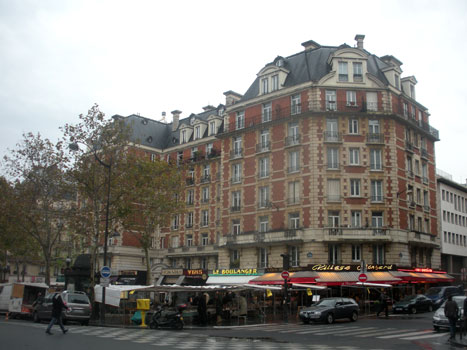
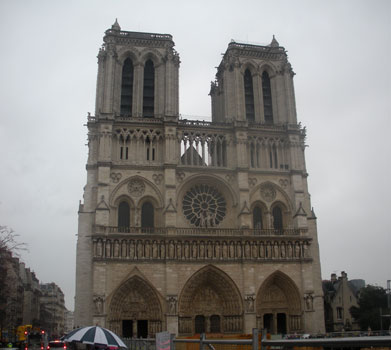
Notre Dame was built between 1163 And 1250 and has been modified and refurbished over the years. From the historic pictures we have seen, what Hemingway saw in the 1920s and 30sis much the same as what we see today. Over the next few days we stopped to admire this wonderful structure as we strolled along the Seine.
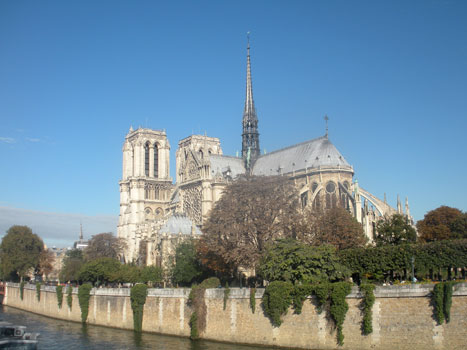
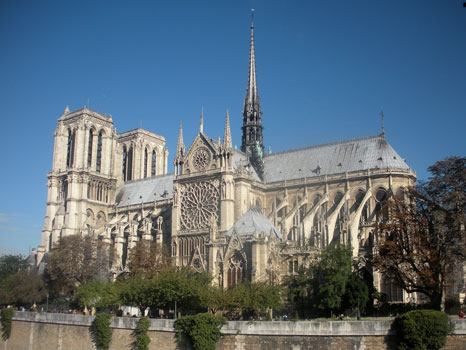
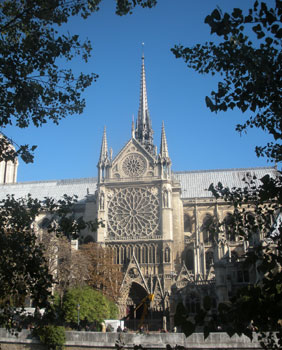
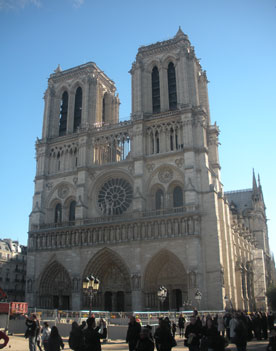
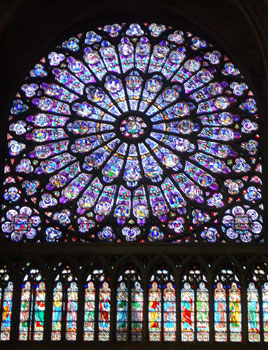
During our stay, we took many walks around the Left Bank districts of the Latin Quarter and Montparnasse. Many of the special places where Hemingway and his fellow writers and artists hung out were discovered with the aid of a knowledgeable guide on a walking tour of Hemingway's Paris. While the magic of these places is in the eye of the beholder, we found ourselves enjoying the thought that we were walking in the same footsteps as these notable people, many years before.
We stood outside the apartment at 74 Rue du Cardinal Lemoine, where Ernest and Hadley Hemingway lived. At a nearby cafe you could easily imagine Ernest enjoying a coffee.
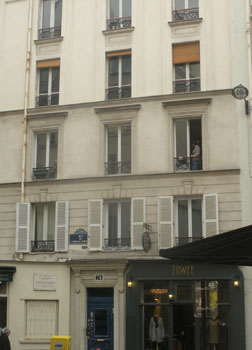
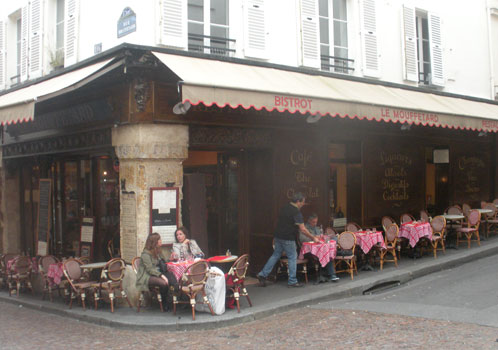
A narrow alley leads to the house where James Joyce lived while working on his great masterpiece, Ulysses.
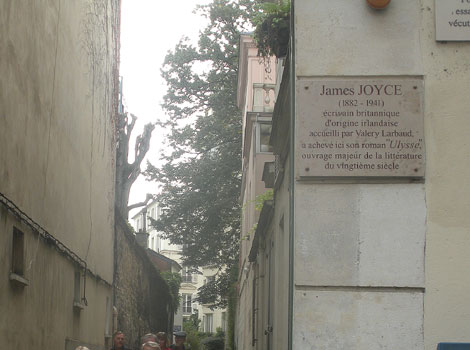
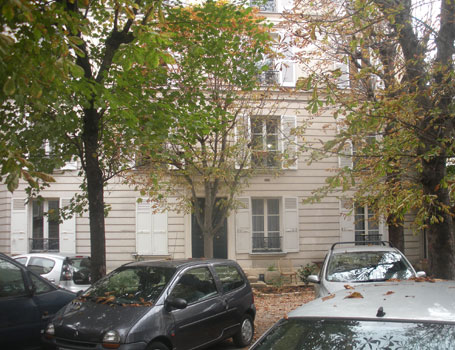
Each of the narrow streets led us to new and enchanting places.
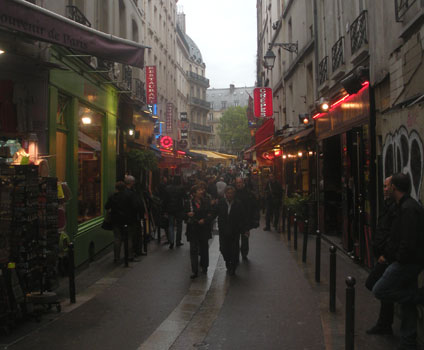
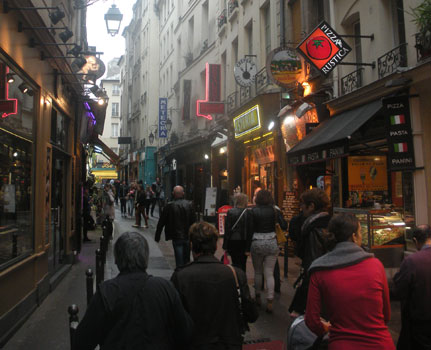
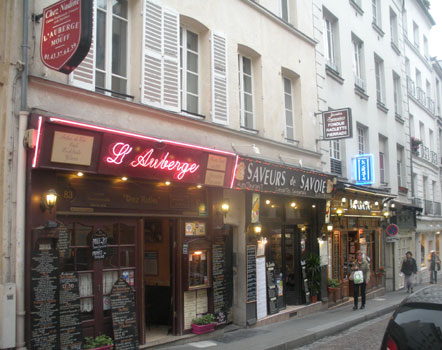
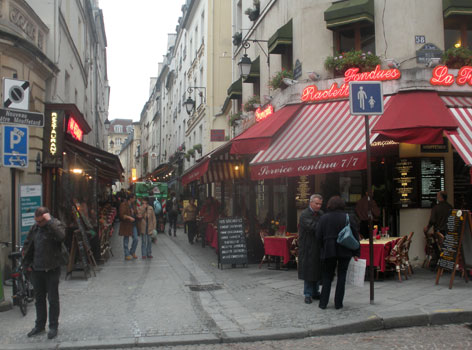
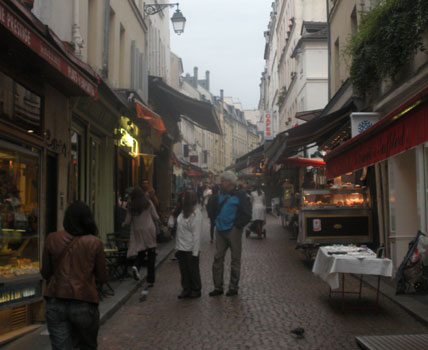
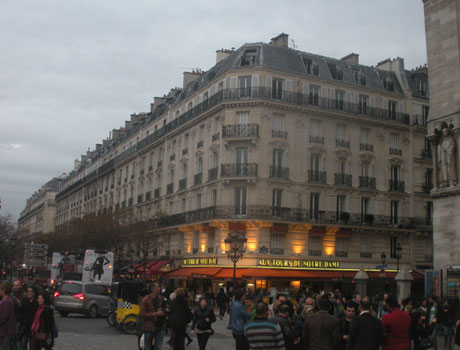
The designation of a good source of water, was once very important place (left). The right picture depicts the evolution of street names and signs over many years. The upper one was added when the name of the street was changed. The lower one was added later because the upper one couldn't be seen by people in cars.
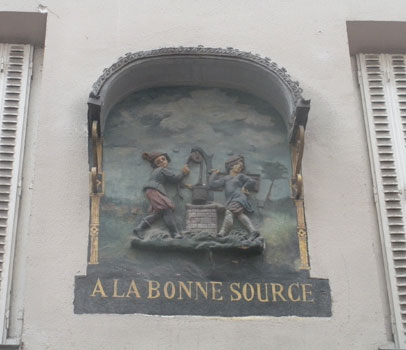
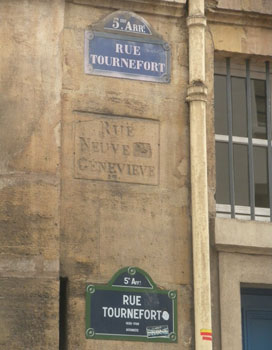
Eglise St-Etienne-du-Mont sits across from the Pantheon. Midnight in Paris hero, Gil, sat on the steps of the eglise at midnight and waited for a ride into the past! Notable is the unique roodscreen separating the alter from the parishiners, an attribute in churches that is now mostly gone. Also revered is the Shrine of St. Genevieve, a patron saint of Paris, which is reputed to protect the city from conquest and plague (WWII being the only exception).
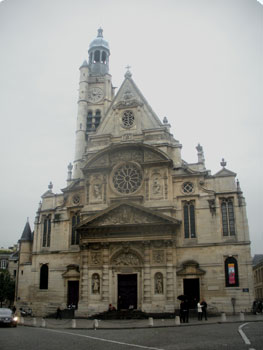
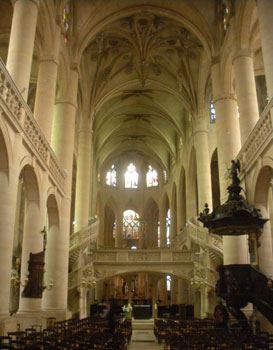
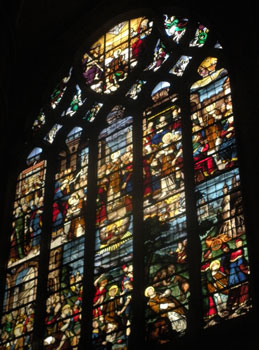
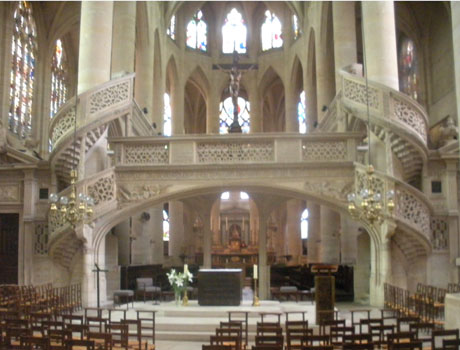
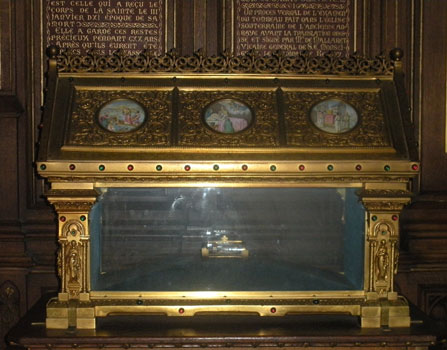
Shakespeare and Company bookstore, where Hemingway was a frequent visitor and a good friend of Sylvia Beach, the owner. Not far away we found the Hotel St. Germain des Pres where Blair stayed many years ago.
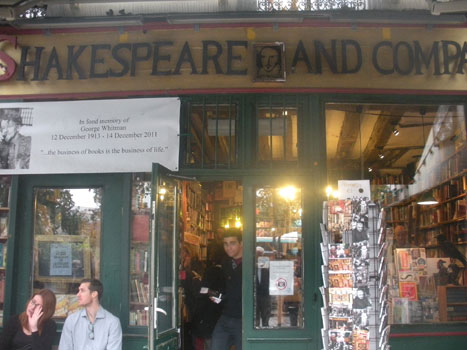
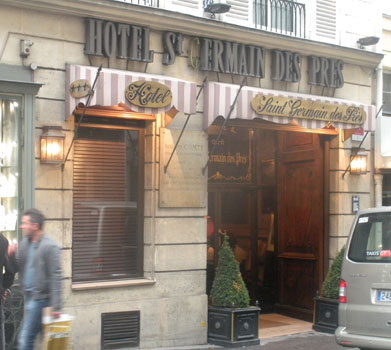
Brasserie Lipp, and across the street Les Deux Magots were frequently visited by Hemingway.
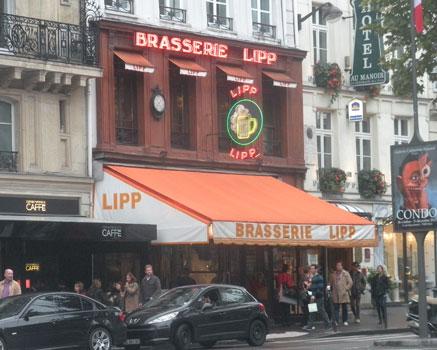
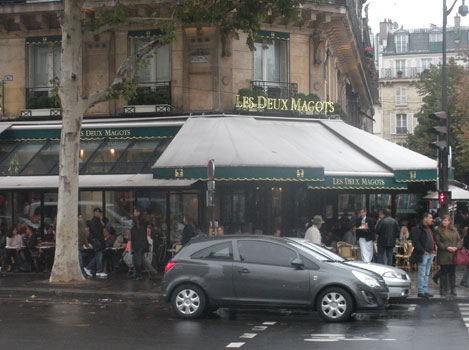
Eglise St Sulpice was nearby, its interior enhanced by a wonderful Delacroix fresco.
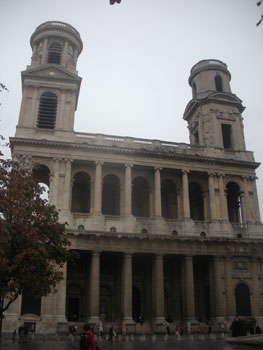
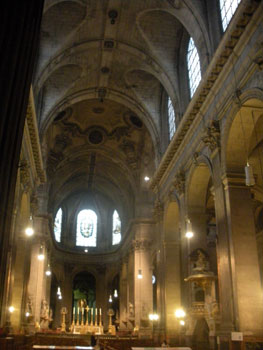
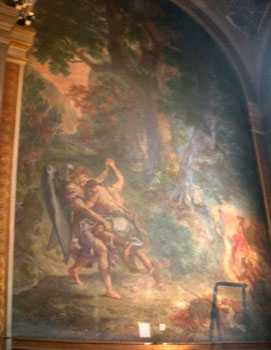
Jardin du Luxembourg and Palais, now home to the Senat Francaise,. In A Moveable Feast, Hemingway describes walking through the jardin on the way home after a visit with Gertrude Stein at 27 rue de Fleurus.
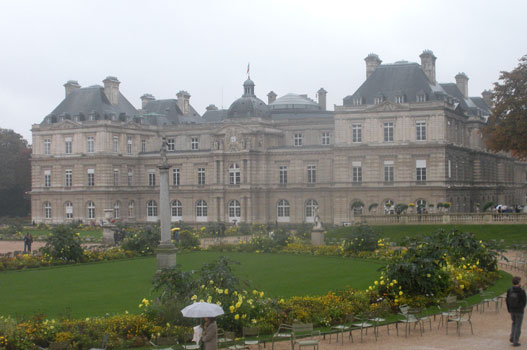
The Left Bank neighborhoods of Paris are very much as they were in the 1920s; quite alive and well! Indeed, the whole historic center of Paris has been valued so highly that we discovered many parts of this great capital are much as they were after the vast and far-reaching changes made in the late 1800s under the visionary guidance of Georges-Eugene-Haussmann. But that's another story, which we will add soon.
Click here to return to our 'Fall 2012 - Encounters with Ike, Claude, William and Ernest' page
Click here to return to our Searching the World for People Friendly Cities' home page
![]()